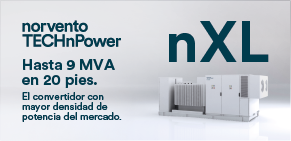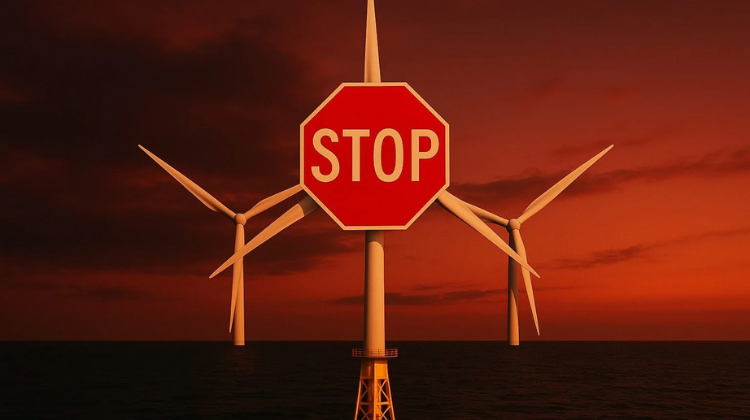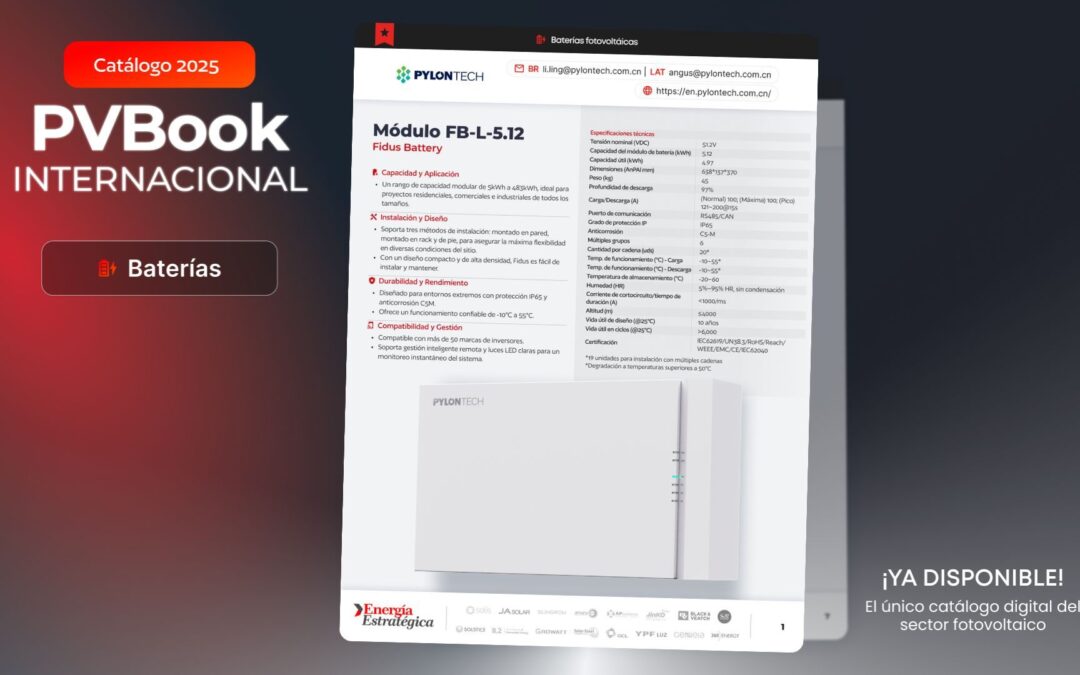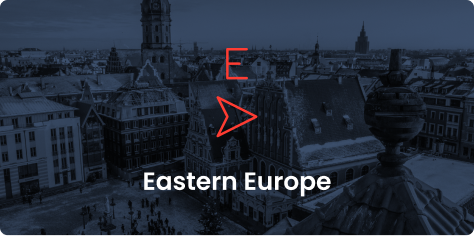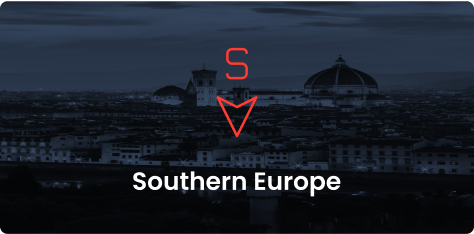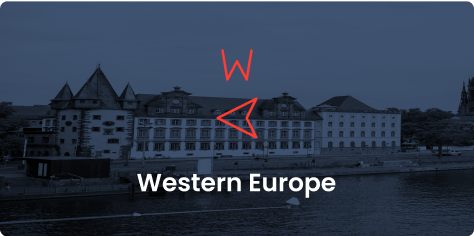The French government published its revised National Hydrogen Strategy this week, reducing electrolysis targets for 2030 from 6.5 GW to 4.5 GW, and setting a new target of 8 GW for 2035, below the national climate objective of 10 GW.
“This assessment takes into account updated needs, different sectors, as well as, ultimately, slower deployment schedules than initially expected,” the strategy report highlights.
However, the budget commitment of €9 billion through 2030 remains in place, along with a clear roadmap that seeks to strengthen local industry, employment, and specialized technical training.
Financing and Long-Term Vision
The 2020 national strategy for the development of decarbonized hydrogen has a budget of €9 billion between now and 2030.
Significant support has been provided to structuring the French hydrogen research and industrial base, including a dedicated Priority Research Programme and Equipment (PRPE) with €83 million for 19 projects; the “Briques technologiques et grands démonstrateurs” call for projects with €350 million from the Future Investment Plan (PIA4), which has supported 35 projects; and other early industrialization or R&D facilities have been funded through various state channels.
Early industrializations have been supported through various calls for “Major Projects of Common European Interest” (PIIEC) for hydrogen, with a total aid budget of €3.075 billion. This has enabled the industrialization of future major French hydrogen players, including the construction of four hydrogen production plants.
Of the total budget, €4 billion will be allocated to support 1 GW of electrolysis over 15 years.
“After a period of uncertainty and a difficult economic context, the revised strategy is much more than a positive sign. It is a strategic compass that reaffirms France’s role in the deployment of hydrogen at the European and international levels,” says Philippe Boucly, president of France Hydrogène.
It focuses on the value chain and national innovation
One of the main pillars of the strategy is the control of the hydrogen value chain, with the production of key equipment in France. Currently, four electrolysis plants (McPhy, Elogen, John Cockerill, and Genvia) have been approved, supported by the IPCEI. This is in addition to €100 million in aid for the first French membrane and electrolyzer plant using AEM technology in Allenjoie, operated by Gen-Hy.
“The commitment to hydrogen is constant; it is not weakening,” said Minister Marc Ferracci, who also highlighted the importance of vocational training and announced the creation of a Hydrogen School in the Bourgogne-Franche-Comté region, with a €6 million investment from France 2030.
Ferracci emphasized: “As Minister, I want to make this venture an employment opportunity. I am determined to continue innovating so that we maintain this leadership in hydrogen.”
It is worth noting that Lhyfe recently confirmed it will receive a €149 million grant from the French government for one of its upcoming production centers.
This green hydrogen production plant will be located near the Grand Canal in Le Havre and is expected to reach a capacity of up to 34 tons per day. With this large-scale project, Lhyfe will surpass the 100 MW milestone in installed electrolysis capacity.
Industrialization and Priority Sectors
The revised strategy recognizes hydrogen as an essential vehicle for decarbonizing strategic industries such as refining, fertilizers, basic chemicals, and steel. Hydrogen is positioned as a direct alternative to fossil steam reforming, including fiscal measures such as the TIRUERT, which recognizes low-carbon hydrogen in transport carbon intensity reduction targets starting in 2024.
According to official projections, the demand for decarbonized hydrogen will reach 520 kt per year in 2030, with industry being the main consumer, followed by aviation and maritime transport.
In the transport sector, hydrogen will be key for intensive and difficult-to-electrify modes, such as aviation, maritime transport, heavy machinery, and some commercial vehicles. In this regard, a new call for projects for hydrogen-powered commercial vehicles was launched as part of the first steps toward its implementation.
Infrastructure and European Integration
Although the infrastructure target is reduced to 500 km of hydrogen pipelines by 2030, without a post-2030 roadmap, the government is committed to laying the foundations for an interconnected national and European network. This decision is taken in parallel with the goal of maintaining domestic production as a priority over imported alternatives, for reasons of energy sovereignty and the economic risks associated with large international projects.
The use of hydrogen linked to nuclear energy is also gaining ground, with projected electrolysis efficiency of up to 85% through the reuse of waste heat from new nuclear reactors.
Hydrogen Europe welcomes the new French strategy, considering it “timely.” However, it notes that the reduced targets and the limited infrastructure expansion—only 500 km of pipelines by 2030—are negative measures. “There is no post-2030 roadmap or broader deployment beyond industrial zones,” the association points out.
A global vision, a national commitment
The plan incorporates a diplomatic dimension, with the deployment of international technical experts to share hydrogen knowledge and promote French technologies. “Our Region is establishing itself more than ever as an essential link in the national hydrogen strategy,” emphasizes Marie-Guite Dufay, president of the Bourgogne-Franche-Comté region.
The strategy also strengthens the local industry’s export capabilities, supported by €100 million in internationalization grants, new guarantee mechanisms, and bilateral partnerships.
“Thanks to the commitment of all stakeholders and public support, the French hydrogen industry is ready to meet the challenge. Hydrogen is no longer just a promise, but a concrete pillar of the country’s industrial future,” Boucly concludes.
hydrogen










